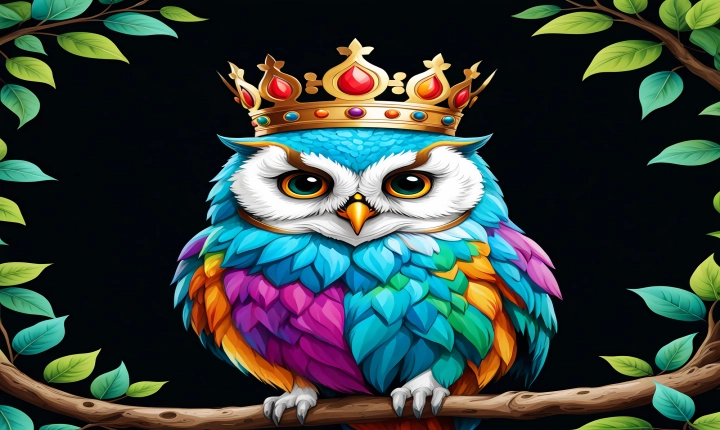Title: Exploring the Intersection of Art and AI: How Artists are Harnessing the Power of Artificial Intelligence
In recent years, the world of art has been transformed by the integration of artificial intelligence (AI) into the creative process. Artists are increasingly turning to AI algorithms, machine learning, and other advanced technologies to explore new avenues of artistic expression, create innovative works, and push the boundaries of traditional art forms. This intersection of art and AI has given rise to a wide range of exciting and thought-provoking creations, sparking a dialogue on the impact of technology on the artistic landscape.
One of the most notable ways in which artists are utilizing AI is through the creation of generative art. Generative art refers to artworks that are created using algorithms, often in combination with data inputs or random variables, to produce unique and unpredictable outcomes. By leveraging AI, artists can generate complex and intricate visual patterns, designs, and compositions that would be nearly impossible to conceive through traditional means alone. These AI-generated artworks challenge conventional notions of authorship and creativity, blurring the line between human and machine.
Another burgeoning area of AI in art is the use of machine learning to analyze and interpret vast amounts of visual data. Artists are harnessing the power of AI to develop new tools and techniques for creating, manipulating, and interpreting images and videos. For example, some artists are experimenting with neural networks to train AI models to recognize specific visual patterns or styles, allowing them to manipulate and transform images in novel and unexpected ways. This approach opens up new possibilities for creating visually stunning and conceptually rich artworks that transcend the limitations of human perception and cognition.
Furthermore, AI is enabling artists to explore new forms of interactive and immersive art experiences. Virtual reality (VR) and augmented reality (AR) technologies, driven by AI algorithms, are revolutionizing the way audiences engage with and experience art. These cutting-edge digital mediums allow artists to create dynamic, multisensory environments that respond to the viewer’s actions or emotions in real time, blurring the boundaries between the physical and virtual worlds. Through AI-driven VR and AR installations, artists can transport audiences to surreal and fantastical realms, inviting them to participate in the creative process and become active collaborators in the art experience.
Additionally, AI has the potential to democratize the creation of art, making it more accessible and inclusive. By offering new tools and platforms that leverage AI capabilities, artists can reach broader audiences and engage with diverse communities. AI-powered software and applications can empower individuals of all backgrounds to experiment with art, express their creativity, and explore new artistic possibilities. This democratization of art creation has the potential to foster a more inclusive and diverse art ecosystem, enriching the cultural landscape with a wide array of perspectives and voices.
However, as AI continues to shape the artistic landscape, it also raises important ethical and philosophical questions. The use of AI in art prompts reflection on the role of human agency, creativity, and originality in the creative process. Artists and scholars are grappling with the implications of creating art with intelligent machines, questioning the nature of artistic authorship and the relationship between human and machine creativity. Furthermore, the ethical considerations surrounding AI, such as data privacy, algorithmic biases, and the impact of technology on society, are also relevant in the context of AI-driven art.
In conclusion, the integration of AI into the world of art is a dynamic and evolving phenomenon that is redefining the boundaries of creativity and expression. Artists are embracing AI as a tool for innovation, experimentation, and provocation, generating new forms of art that challenge preconceived notions and inspire critical discourse. The intersection of art and AI presents an exciting frontier for creative exploration, offering endless possibilities for reimagining the role of technology in the artistic process and its impact on society. As artists continue to push the boundaries of what is possible with AI, the future of art promises to be a captivating and transformative journey into uncharted artistic territories.
